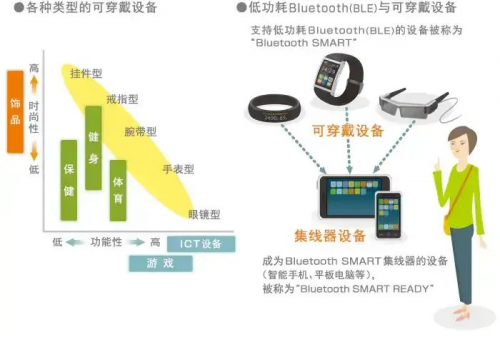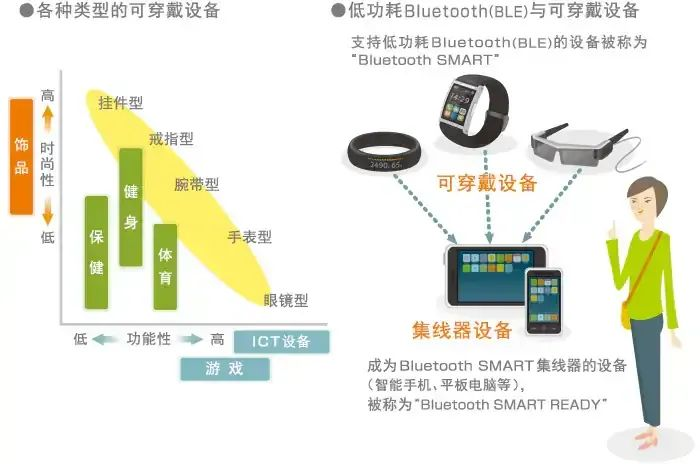The global demand for miniaturized devices continues to grow. From the latest automotive technology to smart medical innovations, across a wide range of applications, users are demanding more functionality from the devices that impact their daily lives.
While smartphones have become one of the most well-known examples of this technology, there is an entire generation of connected devices that make up the Internet of Things (IoT). The IoT is made possible by machine-to-machine communications that allow devices to share data. In this blog, we’ll explore how the miniaturization movement is transforming various industries and technologies, and then explore a breakthrough solution to this trend in miniaturized technology.

Ⅰ. Miniaturization across fields
In the medical field, many of these devices are small enough to be worn and can be used to diagnose and treat a variety of diseases. Combined with the development of treatment technologies such as nebulizers and insulin delivery systems, patients can receive comprehensive medical care in the comfort of their own homes.
Beyond the medical field, the technology that has made smartphones so successful will also change the way we use cars. Touchscreen displays incorporate new ways to present data to operators, including the use of head-up displays (HUDs) and augmented reality (AR). In the domestic market, the car of the future is described as a “third living space” where drivers can enjoy the same functionality and comfort as at home or at work.
For commercial and industrial vehicles, the cab is the workplace. Today’s commercial and industrial vehicles feature technology that rivals, and often exceeds, that of the most advanced family cars. Drivers and operators are equipped with dedicated controls as well as advanced navigation, monitoring and communication systems.
Additionally, the entertainment industry has quickly realized what small, lightweight devices can offer. Virtual reality (VR) headsets are no longer a niche product designed for professional gamers, but are becoming part of mainstream leisure activities. Beyond the home, VR headsets can also be used in the industrial sector, where their unique features provide additional functionality for machinery operators.
Ⅱ. Shrinking PCB
To meet the demand for increased functionality and miniaturized designs, printed circuit board (PCB) assemblies have been forced to shrink. The latest connectors for these compact PCBs typically use a pitch of 0.5 mm or less. Pitch is the measured distance between the center of one contact to the center of the next within a connector. These fine pitch connectors present a problem for designers. The challenge is to achieve the smallest possible connector footprint while still providing practical performance. Despite this, connectors remain one of the largest components on any PCB.
When it comes time to fit components onto a PCB, the placement of the connector requires very high precision. Since the contacts are only 0.5 mm apart, the tolerance for placement is very small. If the connector is used to connect two parallel boards, precision becomes even more important.
At the same time, designers also need board-to-board connectors that can provide the high-speed communications required by the IoT. Many small connectors lack the internal space to accommodate features such as shielding against electromagnetic interference (EMI), which are critical to ensuring the excellent signal integrity required for high data rates.
Ⅲ. In conclusion
In the era of digital transformation, KONNRA connectors are committed to providing customers with more flexible, durable and cost-effective connections to support device functions in various industries, from healthcare and entertainment to automotive and industrial applications.










